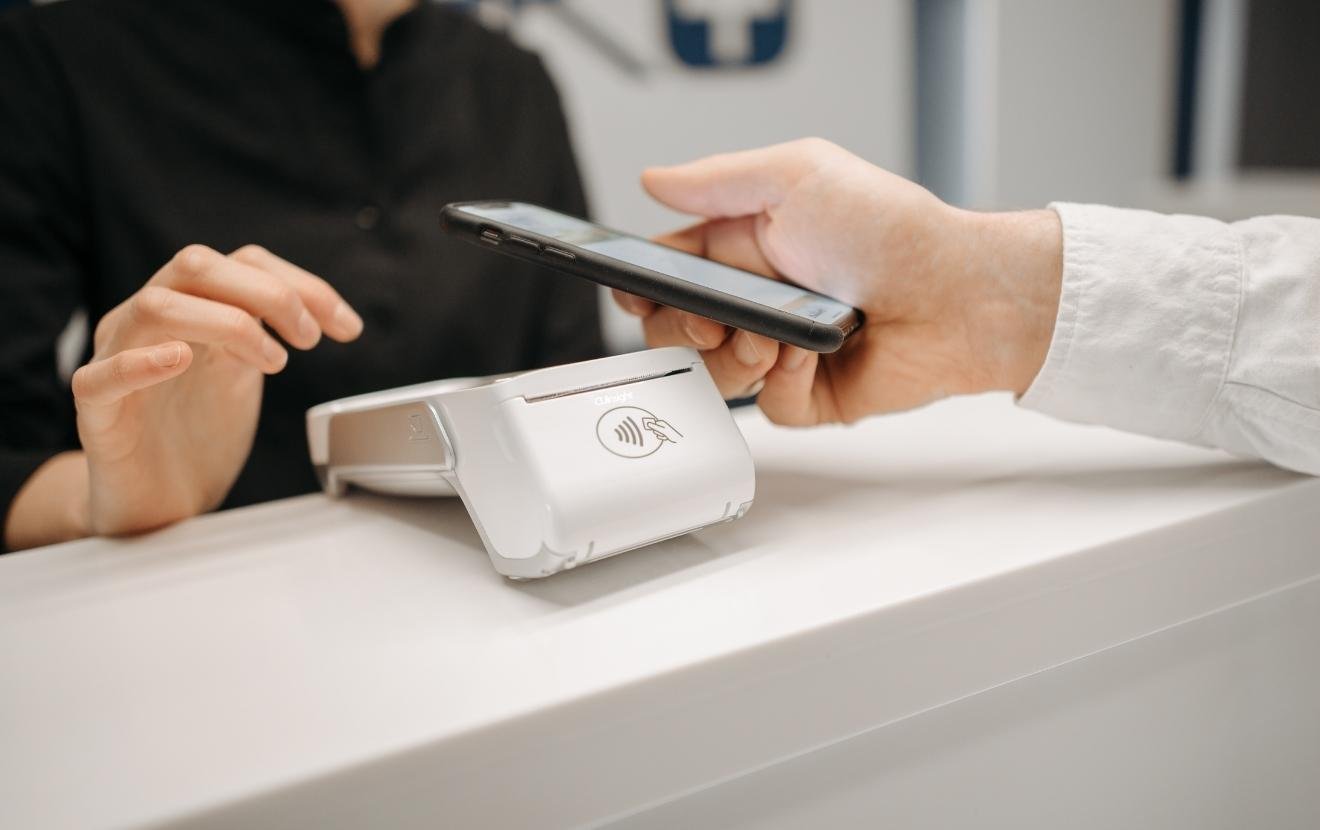Virtual cards, once seen as a niche payment method, are rapidly becoming a mainstream solution for digital-first consumers. New research from PYMNTS Intelligence, conducted in collaboration with Elan Credit Card, reveals that 42% of consumers have used a virtual card in the previous six months, with 65% sharing that they’re likely to use one in the coming year.
Virtual cards are the future. Understanding how consumers interact with them and what drives adoption is key to anticipating broader shifts in payments behavior.
Where adoption is happening and why
One of the primary drivers of virtual card usage is concerns over fraud. Unsurprising, considering 63% of U.S cardholders have experienced fraud in the last year.
A huge benefit of virtual cards for cardholders looking to feel more confident shopping online is the ability to generate a temporary, unique number for each individual purchase when paying digitally.
While security is a primary driver of virtual card usage, the report highlights other usage cases such as setting up automatic recurring payments, single-use transactions, and creation of store-specific virtual cards issued by merchants. Additional benefits like convenience and integration options also fuel adoption, especially among those cohorts identified as tech savvy or digital finance enthusiasts.
For many consumers, virtual cards are first used when they digitize a physical card in a mobile wallet such as Apple Pay or Google Wallet. The ease of mobile wallets has led to a rapid increase in usage, especially by millennials and Gen Z. Mobile wallets are estimated to become the preferred payment method for 61% of ecommerce payments by 2027.
When it comes to virtual cards, the data also shows that age and income level play a role in adoption. In the last 6 months, 62% of Gen Z and 57% of millennials used virtual cards, compared to just 22% of baby boomers. More definitively, 95% of Gen Z prefer virtual cards in at least one payment situation, compared to just 48% of baby boomers. Of consumers earning over $100,000, 46% use virtual cards versus only 36% of those earning less than $50,000.
Adoption is not just a matter of availability, but of familiarity and comfort with digital tools. Of those surveyed, 1 in 10 consumers expressed a desire for more education on how virtual cards differ from digital wallets or traditional cards. Providing education and guided tutorials can help drive adoption and increase member loyalty.
What’s next
The data is clear: 74% of consumers already prefer using virtual cards in at least one payment situation and that will likely continue to grow. Credit unions looking to engage higher income earners and younger generations should focus their efforts on targeted messaging and seamless integration with digital wallets and apps.
Members need to know why it matters, how it works, and what’s in it for them—and they want to learn from the credit union they already trust.
To gain access to all the data and actionable insights discussed, download the report.








